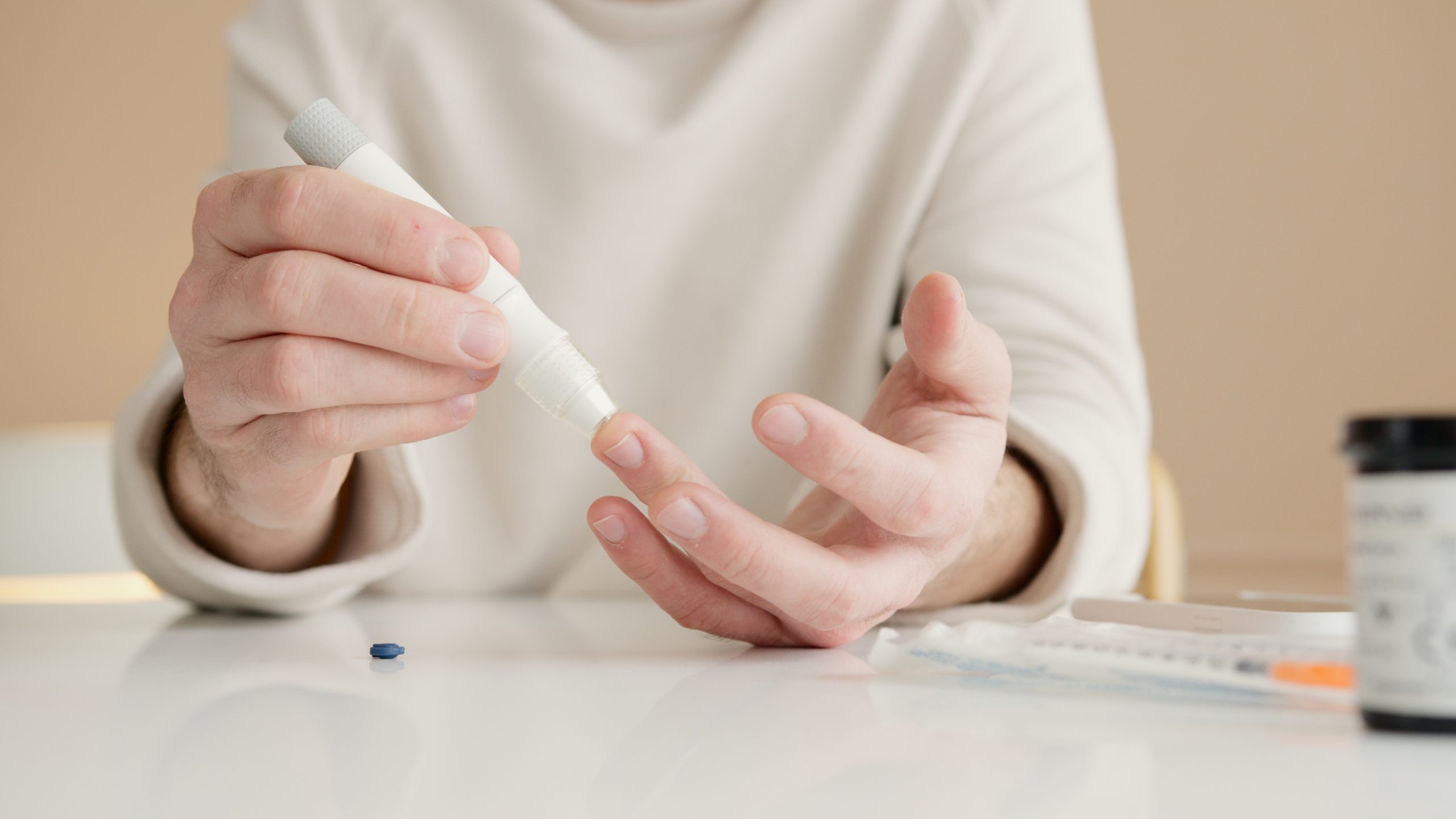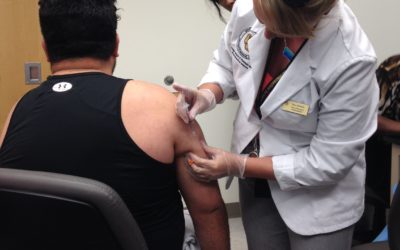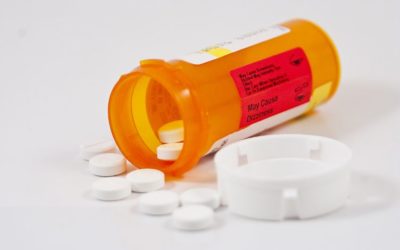Keeping your blood glucose levels in a normal range can help prevent severe and permanent complications such as kidney disease, loss of vision, and heart disease. Having normal blood sugar also will give you more energy throughout the day and lower your risk of developing diabetes.
What is glucose?
Glucose is a simple carbohydrate made up of only one sugar. It is also the primary energy source for our body. Glucose comes from the foods we eat, like bread, fruits, vegetables, and dairy. When we eat, our body processes the glucose in food and transports it to cells through the bloodstream…that’s why we call it blood sugar! Maintaining normal blood sugar levels helps keep your body healthy by preventing weight gain, reducing hormonal imbalances, and keeping your energy levels up. Blood sugars that are too high can have permanent effects on your overall health and blood sugars that are too low can be dangerous and cause immediate health issues.
High blood sugar levels
Blood sugar is considered to be high if it is greater than 130 mg/dL before a meal or greater than 180 mg/dL within 1-2 hours after eating a meal. High blood sugar is also called hyperglycemia. Most people don’t feel symptoms of high blood sugar until levels are 250 mg/dL or higher. High glucose levels can occur when a person is sick, stressed, eating large amounts of food, or does not have enough insulin.
Symptoms of high blood sugar can include:
- Feeling thirsty
- Frequent urination
- Blurry vision
- Tiredness
- Headaches
High blood sugar treatment and prevention:
- Follow a healthy diet
- Exercise
- Take medications as directed
- Monitor glucose levels as directed by your doctor
When to seek emergency medical attention:
- If you are ill and are unable to keep food and liquids down
- Your blood sugar levels continue to stay above 240 mg/dL
Low blood sugar levels
Low blood sugar, or hypoglycemia, happens when your blood sugar drops below 70 mg/dL. Skipping meals, drinking alcohol, certain diabetes medications, or too much insulin can cause your blood sugar to become too low.
Symptoms of low blood sugar levels include:
- Fatigue
- Shakiness
- Irritability
- Hunger
- Anxiety
- Irregular heartbeat
- Pale skin
If you feel any of these symptoms, you should check your blood sugar with a glucose meter right away. You should immediately consume 15 grams of carbs (such as ½ cup of regular juice or soda or 5-6 hard candies). When you start to feel better and your blood sugar is above 80 mg/dL, you should have a more substantial snack like a peanut butter sandwich or cheese and crackers to keep your sugars up.
If you experience low blood sugars frequently or have severe symptoms from hypoglycemia such as confusion, seizures, blurred vision, and loss of consciousness, seek medical help immediately.
Normal blood sugar levels
Having normal blood sugar levels is important in preventing both short and long-term medical conditions. Normal glucose levels can vary depending on when you’ve eaten your last meal or if you have pre-existing medical conditions such as diabetes. A typical normal range is:
- Before a meal/fasting: between 80 and 130 mg/dL
- 2 hours after a meal: lower than 180 mg/dL
Depending on age, weight, and other health issues, normal blood sugar levels may be different for you. Speak to your doctor to determine what your “normal” blood sugar range is.
Ways to prevent high and low blood glucose levels may include:
- Eat foods that are low in calories, saturated fat, trans fat, refined sugar, and salt
- Eat meals on a regular schedule
- Exercise regularly
- Count carbs and avoid processed foods when possible
- Track physical activity
- Drink water
- Eat whole foods such as fruits and vegetables
- Limit alcohol intake
Keeping your levels in a normal range by using these tips will help you achieve a healthier lifestyle and keep stress and hormone levels balanced.
Get discounts on your diabetic medications!
Easy Drug Card is a discount prescription drug card that is accepted at over 65,000 pharmacies nationwide. Use our Price Finder to find the lowest price on your prescriptions at your local pharmacy. Why pay full price on your medication when you can use our free, easy to download discount prescription drug card today?
Resources:
“Manage Blood Sugar” Centers for Disease Control and Prevention, 6 May 2021, https://www.cdc.gov/diabetes/managing/manage-blood-sugar.html
“Monitoring Your Blood Sugar” Centers for Disease Control and Prevention, 6 May 2021, https://www.cdc.gov/diabetes/managing/managing-blood-sugar/bloodglucosemonitoring.html
“Hyperglycemia in diabetes” Mayo Clinic, 6 May 2021, https://www.mayoclinic.org/diseases-conditions/hyperglycemia/symptoms-causes/syc-20373631
“Hypoglycemia” Mayo Clinic, 6 May 2021, https://www.mayoclinic.org/diseases-conditions/hypoglycemia/symptoms-causes/syc-20373685











